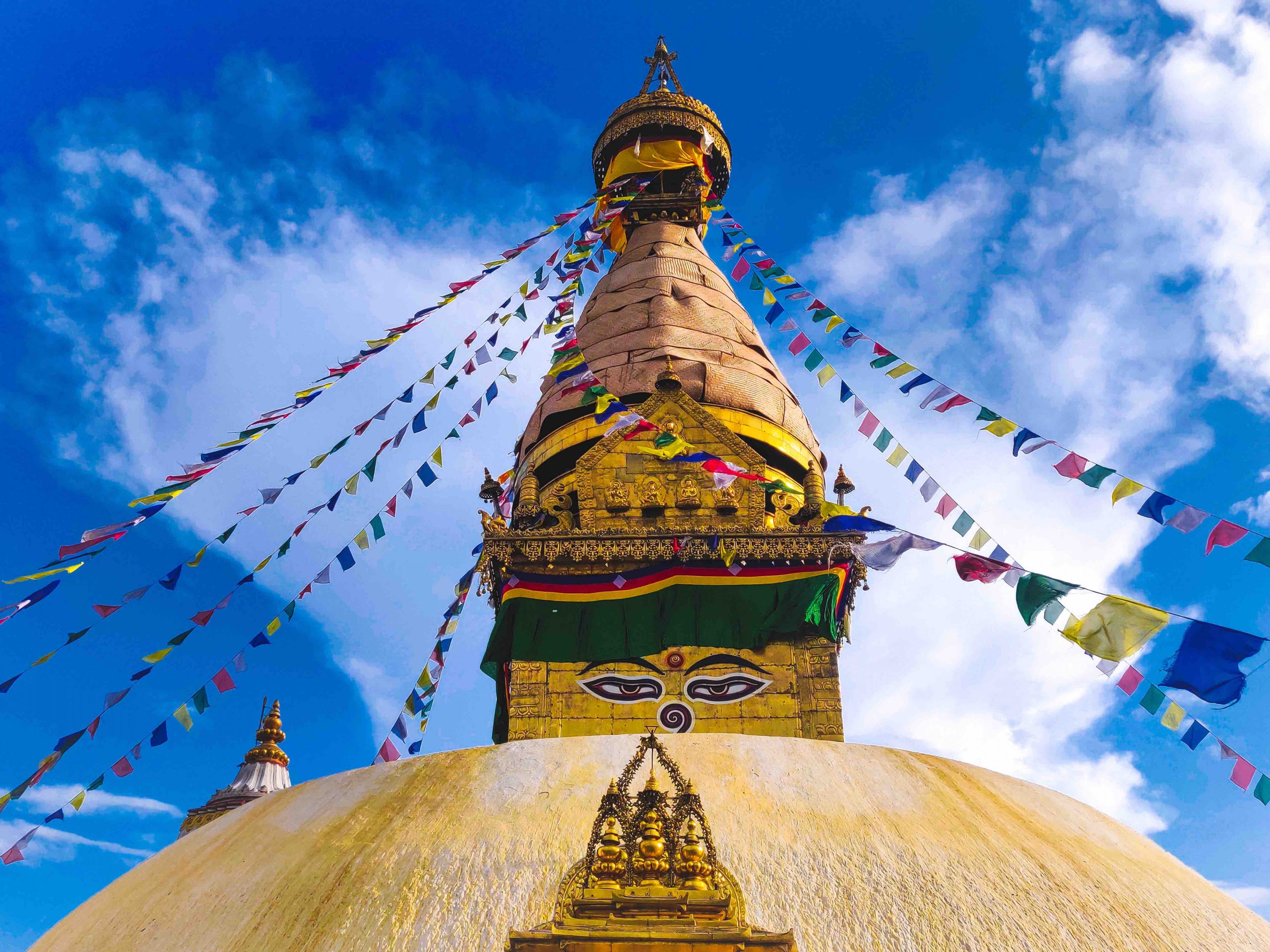Expedition Meets in: Kathmandu, Nepal
Continent: Asia
Currency: Nepalese Rupee
Population: 28million
Official Language: Nepali
Seasons to climb: March to May = Spring | September to December = Fall
Things you Need to Know:
Tourist Visas
The visa policy of Nepal is relatively relaxed and straightforward allowing citizens of almost any country to obtain a visa on arrival at Kathmandu’s Tribhuvan International airport or at any road order. You can also obtain a visa at the Nepal embassy or consulate in your home country.
For most of our expeditions you will want a 30 day (US$50) or 90 day (US$125) visa.
Tourist visa can be extended for a maximum period of 150 days in a single visa year (January – December)
Visa requirements can change at anytime so it is worth checking with your travel agent or closest embassy for the most up to date information.

Getting there
You will need to fly into Kathmandu on, or before, the official arrival day of your expedition. A CTSS representative will pick you up at the airport so please advise us well in advance your arrival time and flight number. If you experience a delay travelling let us know immediately.
Money
In Kathmandu there is good access to ATMs and credit card facilities at most shops and restaurants but you should still have adequate Nepalese rupees and carry small denominations. Once you are in the Khumbu access to ATMs is very limited and while they can be found in the bigger hubs like Lukla and Namche, outages can be common so best not to rely exclusively on being able to access cash as you go. Responsibly carry adequate amounts of local currency for your needs and reserves for emergencies. We advise our clients in our team emails as to how much cash they should bring. USD is also selectively accepted.
Tipping
Tipping has become more common in Nepal in recent times due to increased tourism.
It is customary for your guides, porters and Sherpa staff. To make this process easier CTSS will collect and distribute fairly a ‘Sherpa Tip Pool’ and advise you on current amounts. In major tourist areas, hotels and restaurants you will often see a ‘service charge’ of 10% – this usually equals a tip. In smaller, local eateries it’s rare to see this and then it is up to your discretion.
Adapters
Nepal actually uses three plug types – C (two round pins) D (three round pins in a triangular pattern) & M (three round pins) so consider purchasing a reliable universal adapter that gives you all the options. Also it’s VERY important to note that Nepal operates on 230V supply and a supply voltage of 50HZ. If this differs from your home, buy a voltage converter to avoid frying your devices! For instance the standard voltage in the US is 120V and some older devices won’t handle a 230V supply.
Tap Water
The tap water and river water in Nepal is unsafe to drink so please use bottled water, purification tablets, or boiled water for drinking and brushing your teeth. Make sure you drink plenty of water. Your body requires more at altitude.
Personal Safety
Despite perceptions, Nepal is a relatively safe destination for travellers and there is a low rate of serious crime however you should still take sensible precautions.
Watch out for pick-pockets and bag-snatching, particularly in airports, on buses and in popular tourist areas like Thamel, Sanepa and Kupondol in Kathmandu. Avoid walking on your own and don’t carry or flaunt large sums of cash. Keep valuables in a hotel safe if possible. Behave in Nepal as you would at home, err on the conservative side in terms of dress and behaviour. Be respectful and always let your Guide know if you’re going to venture out and what your plan is. In general, we prefer to travel and stick together as a team.
Vaccinations
Consult your doctor or travel clinic in your home country for updated information on immunizations for Nepal and China. The usual recommended vaccinations are Diphtheria-tetanus, polio, measles, mumps and rubella, meningitis, hepatitis A & B, cholera, typhoid & rabies. Malaria shouldn’t be a problem in Kathmandu or on the climb. If you plan to travel to lower-elevation areas before or after the climb you should consider a malaria chemoprophylaxsis.